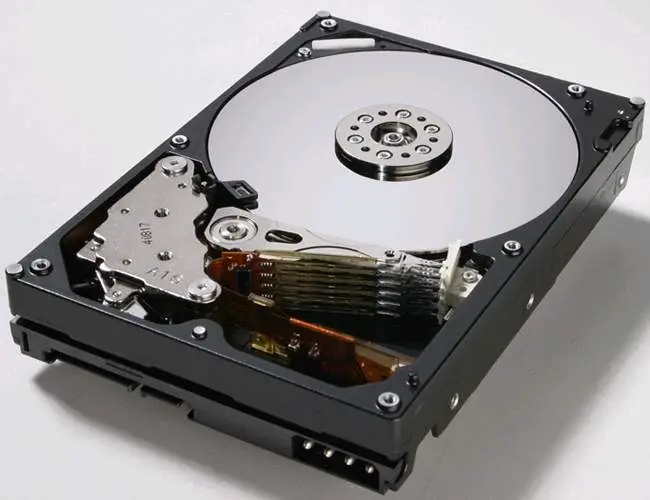The capacity of the hard disk drive (HDD) is not always sufficient to meet all the needs of PC users. Over time, there are more and more files on the computer, and there is nowhere to save new ones. In this case, it is logical to connect a second hard drive.

Instructions
Step 1
Turn off your computer and unplug it from the network. Then remove the side cover of the system unit. It is usually attached to the rear wall with a few bolts. Take a screwdriver and unscrew these bolts, then you can remove the cover.
Step 2
Check the presence of a bay for hard drives and drives inside the computer system unit. Determine the free space where the HDD will be installed. If the bay is removable, pull it out to help secure the drive more securely.
Step 3
If you are connecting an IDE hard drive, place the jumper correctly on it. There are corresponding markings on the hard drive sticker. Since the second hard drive is connected, select the Slave mode.
Step 4
Insert the hard drive into the corresponding slot in the bay. Secure it with bolts or special locks, depending on the configuration. If you removed the drive cage, put it back in and secure.
Step 5
Now you need to connect the hard drive to the computer motherboard. To do this, connect an appropriate free IDE or SATA cable to the hard disk and the motherboard connector. Then connect the ribbon cable from the power supply. If you are having difficulty in determining the correct type of cable, look at the connector of the hard drive you are connecting; an incorrect type of cable simply will not be able to fit it.
Step 6
Check the tightness of the connection and close the side cover, tighten the bolts. Connect your computer to the network and turn it on. After booting, the system will automatically detect the new device and it will be ready to work.
Step 7
If the device was found, but no new local disk appears in My Computer, use the system utility. Select "Start" - "Control Panel" - "Administrative Tools", then "Computer Management". Open the subsection "Storage" - "Disk Management". Right-click on the unallocated area of the mapped disk and select "Create volume".






